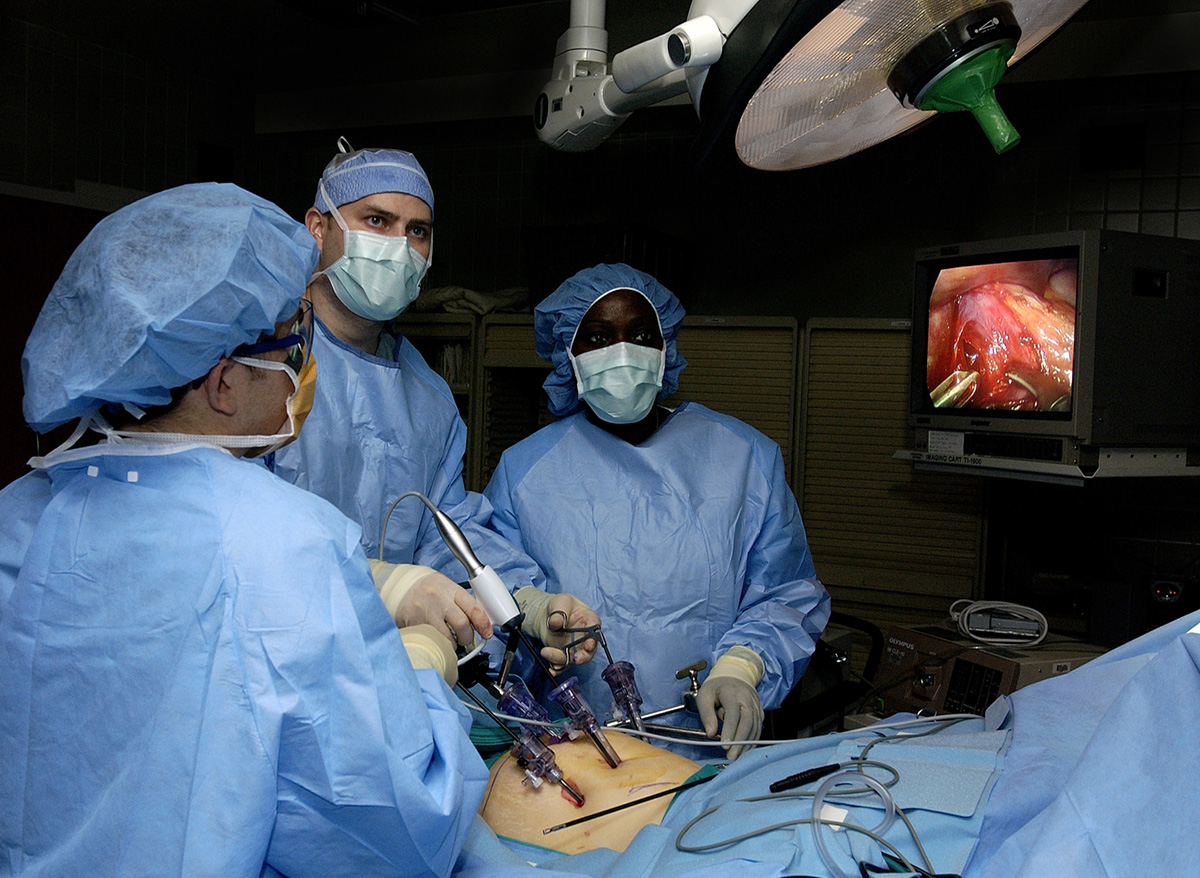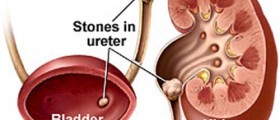
Vesicoureteral Reflux - Overview
Vesicoureteral reflux disease is an abnormal movement of the urine, to be the more precise urine regurgitation from the bladder through the ureters into the kidneys. Normal flow of the urine goes from the kidneys via the ureters into the bladder.
There are two types of the condition, primary vesicoureteral reflux and secondary ureteral reflux. Primary vesicoureteral reflux is congenital while secondary type develops as a consequence of obstruction in the urinary tract.
Vesicoureteral reflux is normally classified into 5 grades according to the extent of urine which regurgitates into upper parts of the urinary tract. In grade I there is only reflux into the ureter. In grade II the urine flows back into the ureter and the renal pelvis but there is no hydronephrosis. In grade III apart from backflow of the urine into the ureter and the renal pelvis the patients are suffering from mild hydronephrosis. In grade IV hydronephrosis is moderate while final grade, while grade V features with severe hydronephrosis and twisting of the ureter.
Surgery for VUR
In children mild forms of the disease which includes grades I- III are treated with low-dose antibiotics until the reflux resolves. These children are thoroughly monitored so that potential complications or progression of the disease may be stopped on time. Secondary reflux does not respond to medications. In this case patients require surgery. Surgery is also indicated in patients suffering from grade IV and V primary vesicoureteral reflux. The goal of the surgery is correction of the structural abnormalities and prevention of permanent damage to the kidneys.
Patients suffering from high grades of vesicoureteral reflux, those in whom the reflux does not resolve in spite of being treated and monitored for many years and patients with breakthrough infections are suitable candidates for the VUR surgery.
VUR surgery is highly successful. It includes opening of the bladder and creation of a new, much longer tunnel for the ureter. In case the ureters are rather wide due to the condition they need to be narrowed and then inserted into the bladder.
There are certain postoperative complications which include bleeding, infections, urine leakage and bladder spasms. They typically develop 2 to 3 weeks after VUR surgery. Two more complications of VUR surgery are ureteral obstruction and persistent reflux which usually develop much later. Some of the complications withdraw spontaneously, some require medications and in some cases they may be only treated surgically. Patients basically require preventive treatment with antibiotics for several months after the surgery until the surgery is proven to be successful.

















Your thoughts on this
Loading...